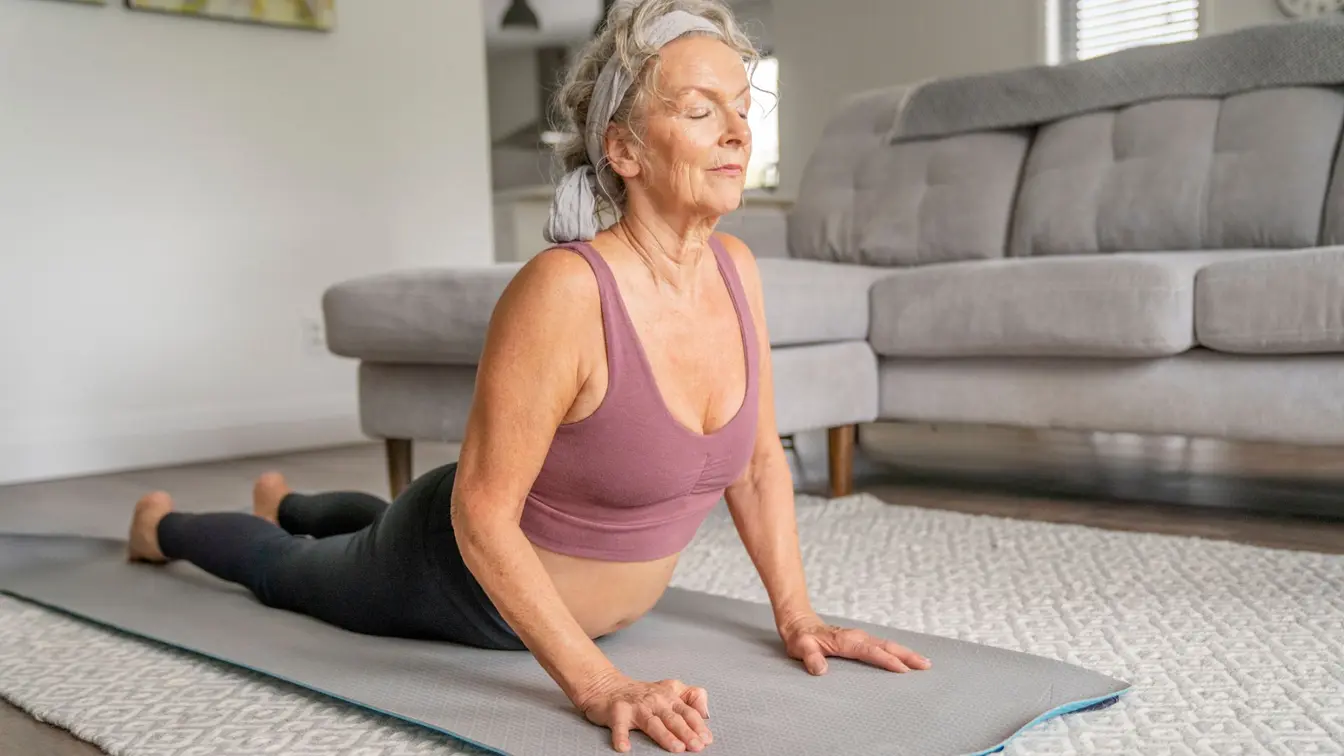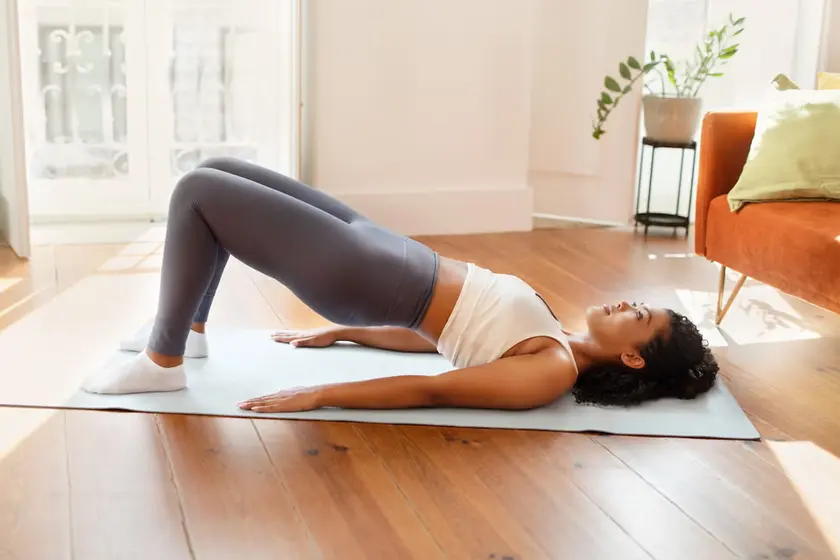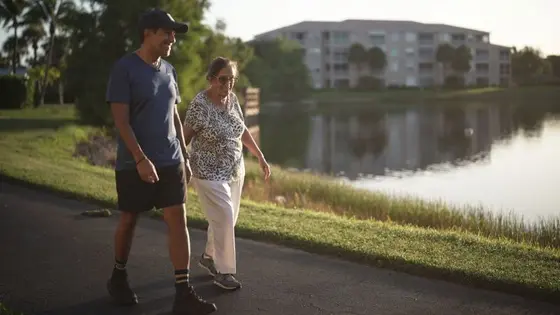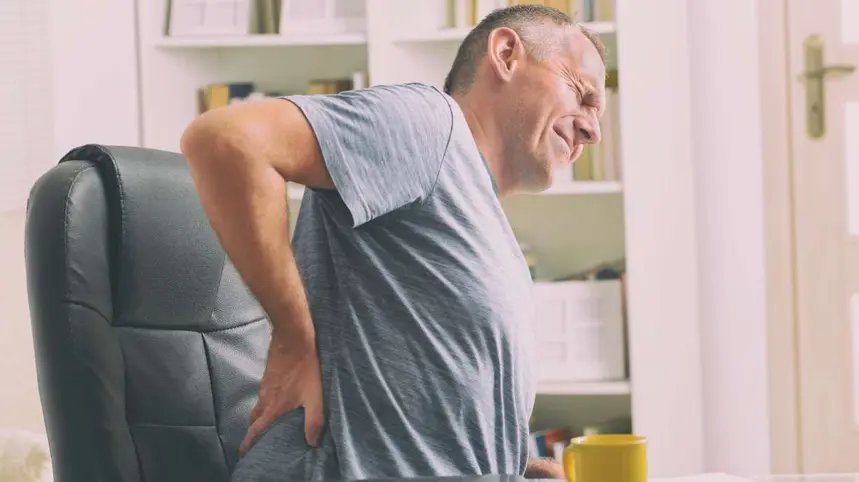T4K3.news
Morning stretches ease back tension
A four-move routine from the McKenzie Method offers quick relief for a tight back, with a reminder to seek medical advice if pain persists.

A personal trial of four McKenzie Method moves aims to ease lower back tension with a short daily routine.
Morning stretches ease back tension with careful approach
A writer details trying four moves from the McKenzie Method each morning to release tightness in the lower back. The routine uses seven spine motions designed to move the back gently through extension and flexion. The description focuses on a sequence starting from a prone position and building to a controlled backbend, then rolling onto the back to hug the knees, and finishing with slow forward folds. The key idea is to allow the lower back, glutes and legs to relax, countering muscle guarding that can keep pain alive.
Originated by Robin McKenzie more than 40 years ago, the method has a long clinical history and is commonly used by physical therapists. A chiropractor cited in the piece notes that these movements target the extensor muscles and may help reduce pain and the risk of future issues when done correctly. The writer adds a caution to seek medical clearance if pain persists and frames the routine as a helpful addition to care rather than a cure, reflecting a broader trend toward home-based care for back pain and mobility.
Key Takeaways
"Relaxing the lower back is a first step toward relief"
describes core technique
"Consistency matters more than intensity for mobility gains"
editorial takeaway
"Small daily steps beat big promises"
inspiration for readers
The piece captures a common impulse: quick fixes for everyday pain. It shows how busy people reach for short, doable routines that fit into a morning ritual. Yet it also signals the limits of self-guided care, especially when dealing with persistent pain or undisclosed conditions. The history of the McKenzie Method lends credibility, but readers should balance anecdotal relief with professional guidance and clear criteria for when to seek in-person care.
Beyond the personal angle, the article hints at a broader tension in health culture: the appeal of simple movements as gateways to long-term wellness. The emphasis on relaxation over force speaks to a broader shift toward mindful, sustainable mobility. Still, the piece wisely stresses that home routines complement rather than replace medical assessment when symptoms are present or change over time.
Highlights
- A calm spine is a strong spine
- Move small, feel big relief
- Consistency beats intensity in healing
- Let the body unwind before the workout
A small, steady routine can shape a healthier spine over time.
Enjoyed this? Let your friends know!
Related News

Yoga moves ease back pain

Posture myth challenged by simple advice

Back pain affects millions globally

Natural pain relief explored by experts

Study highlights benefits of mobility training

Julian Alaphilippe attacks on Mont Ventoux in Stage 16

Bradbury health hacks highlight lifestyle changes

Back pain guide highlights fast MRI option
